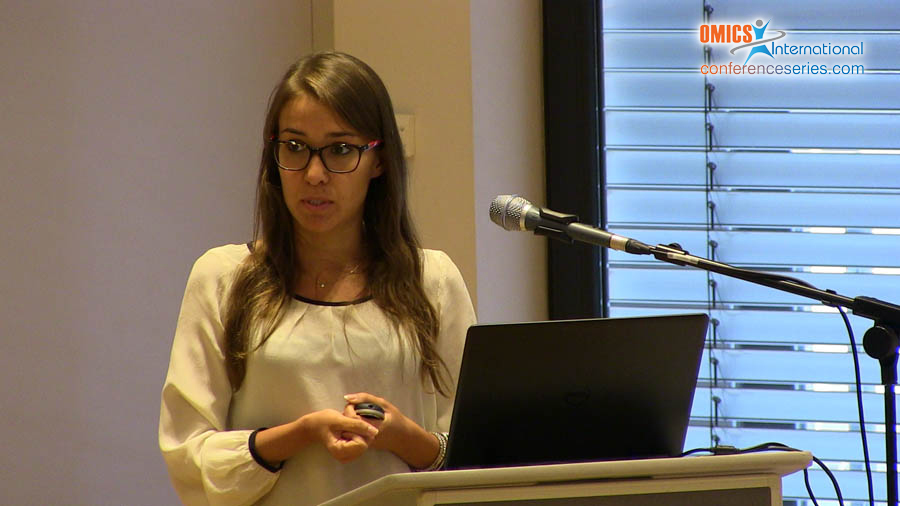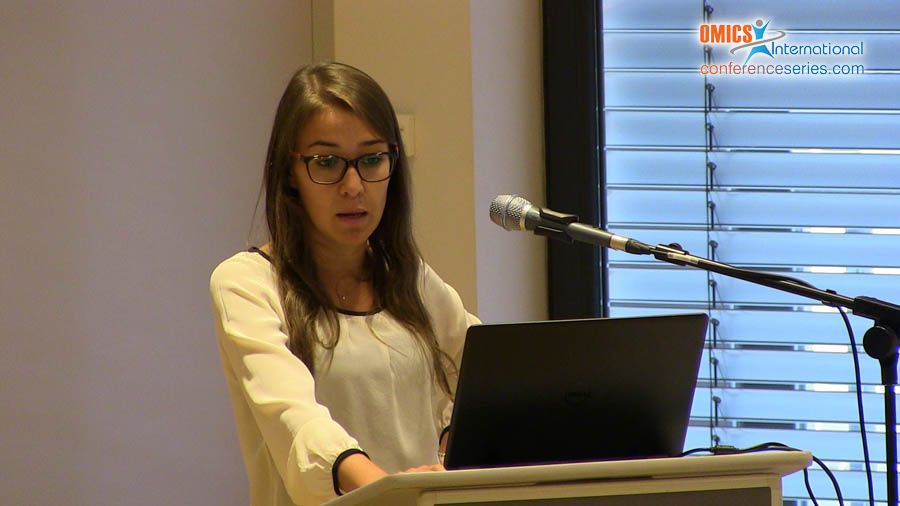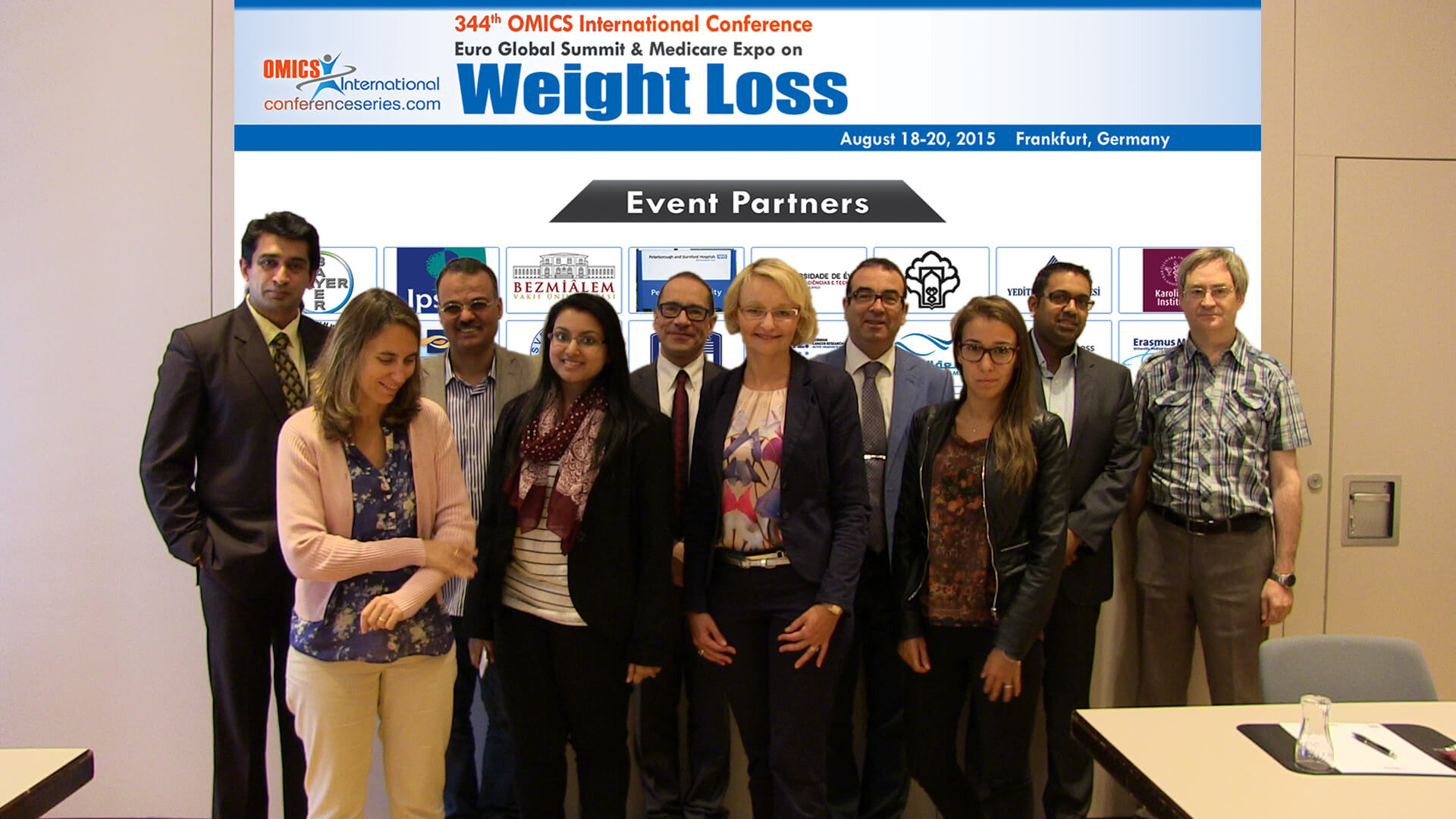
Rossella Oliva
Outpatient Service for the Treatment of Obesity and Eating Disorders, Italy
Title: Binge eating disorder and food addiction
Biography
Biography: Rossella Oliva
Abstract
Now-a-days obesity has become a serious and costly problem and it has reached epidemic proportions globally. One interesting hypothesis to explain the development of this condition involves the relatively young and controversial Food Addiction (FA) model, which looks at similarities between the behavioral indicators of addiction and Binge Eating Disorder (BED), such as diminished control over consumption and continued excessive consumption despite negative consequences. Exploring the food-addiction construct and the co-occurrence with BED, may improve the clinical understanding of the pathophysiology of obesity and eating disorders and may suggest future treatment pathways to reduce their incidence and complications. The purpose of our study was to explore the FA construct in ninety-four obese and overweight patients referring to our patient’s services in Italy. In particular, this research aimed; 1) to assess the correlation between the scoring of the YFAS (Yale Food Addiction Scale) and the scoring of Beck Depression Inventory (BDI), Binge Eating Scale (BES) and Three Factor Questionnaire (TFEQ) and 2) to explore the association between YFAS’s scoring and measures of eating disorder and associated psychopathology. Based on our results, Binge Eating Disorder (BED) and FA are related but do not totally overlap. Since the subset of BED patients classified as having food addiction with the YFAS appears to represent a more disturbed variant for identifying the person with food addiction-like behaviors could have important clinical implication for the optimization of the treatment.
Speaker Presentations
Speaker PPTs Click Here



